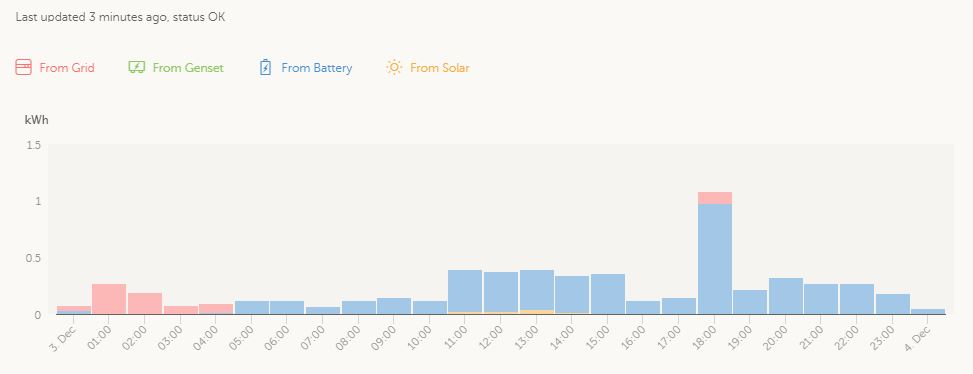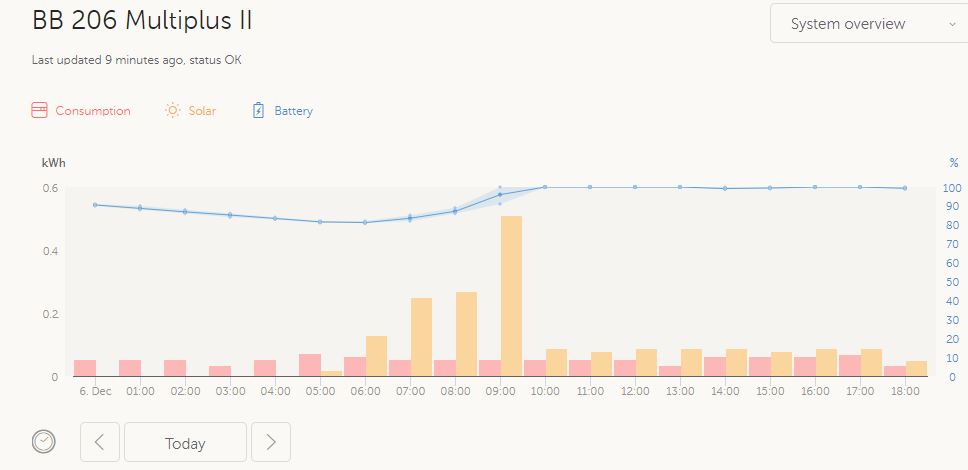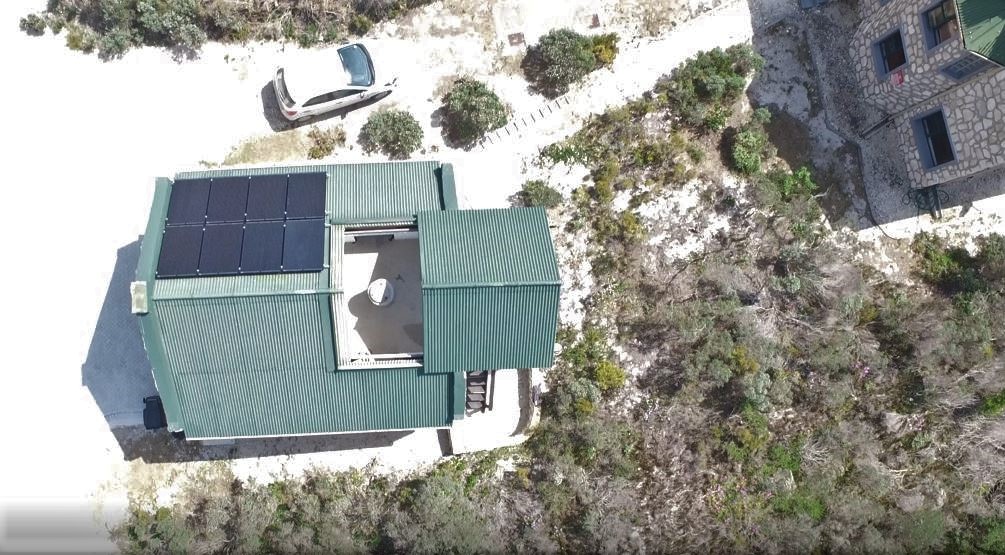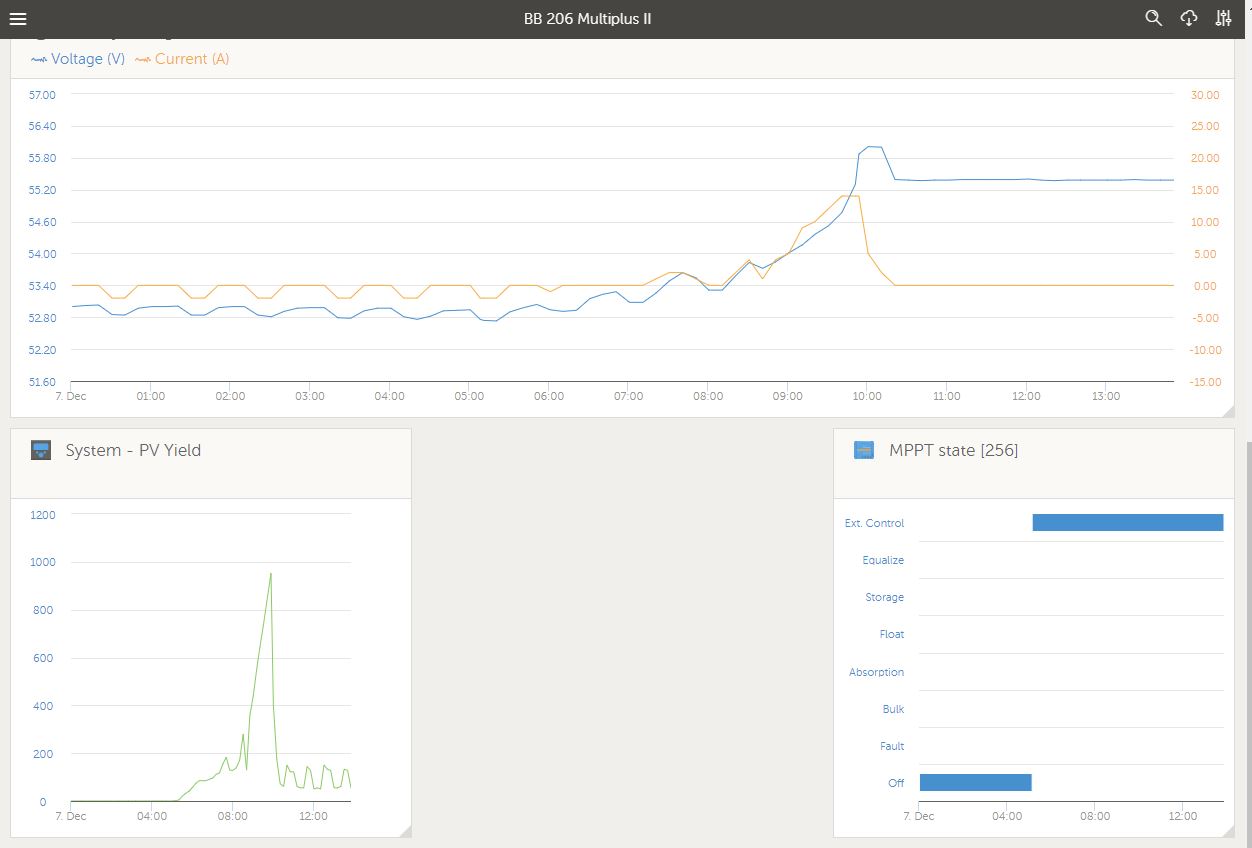Hi everyone!
I'm at the design stage with my installation, I have some knowledge but not much experience hence I thought it may be a good idea to ask for a second opinion from the community. At the moment I have 6 solar modules 300w Voc=45.3 and 2x 24v 250Ah lifepo batteries I want to set up an ESS with the scope to selfconsume as much energy as possible since there's no more feed in tariff in UK. I'm also planning to get another 12 solar modules in the very near future but on different array/location. We don't have any grid loss, so no generator or other sources of energy are needed. I monitored my daily consumption and it's on average 7kw daily with peaks of 3.5kw except shower which is 10kw but is not reasonable to cover it with that size inverter. Ideally I would consider 5kva,
The question now is
Would you go for a 24 or 48V set up?
What inverters work best in ESS set up? the metering/current sensor will be about 32m away from inverter.
I'm leaning more towards a 48v for efficiency but choosing inverter I find a little confusing, if any more details are needed I'll be quick to add it
Much appreciate your time
Regards George




